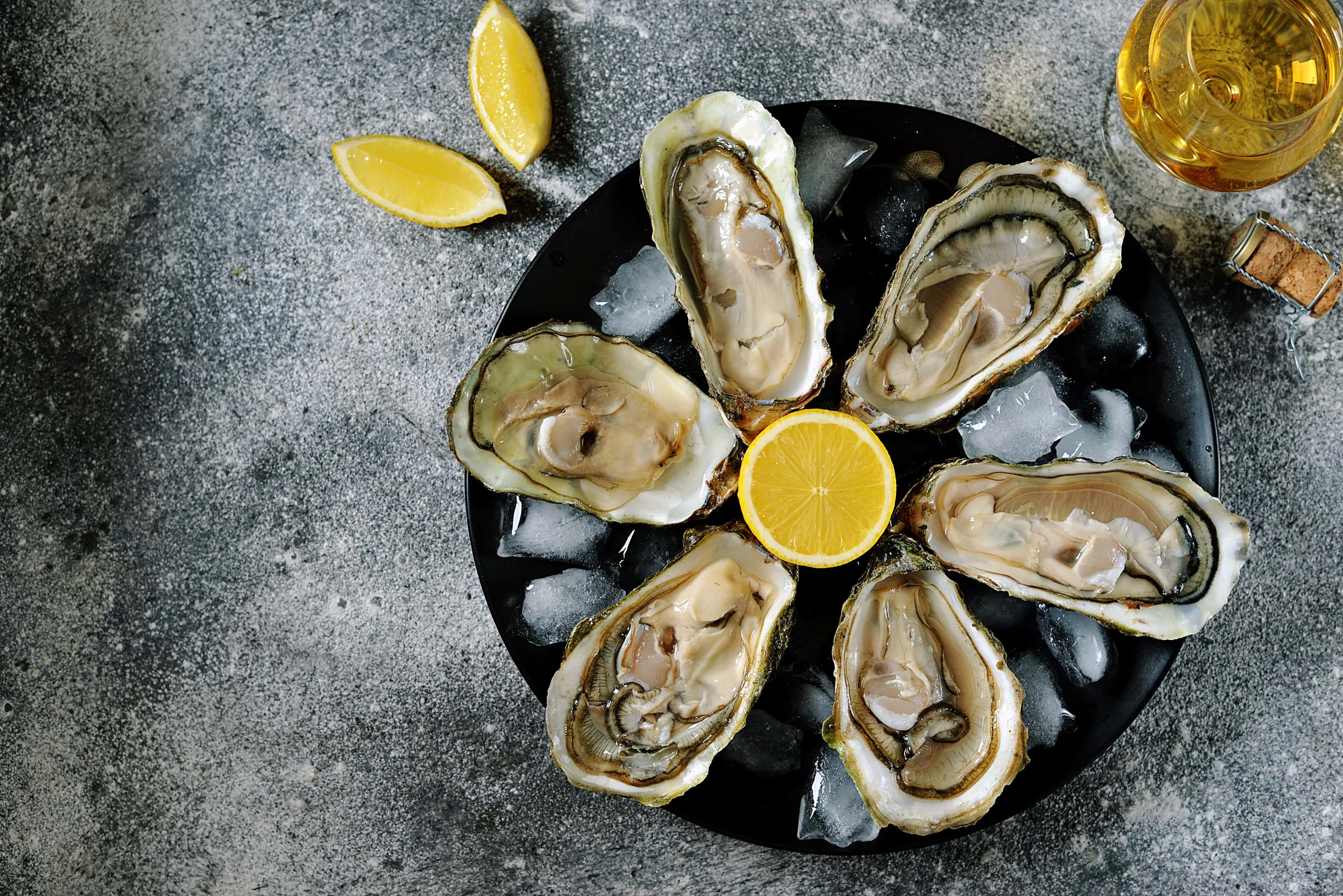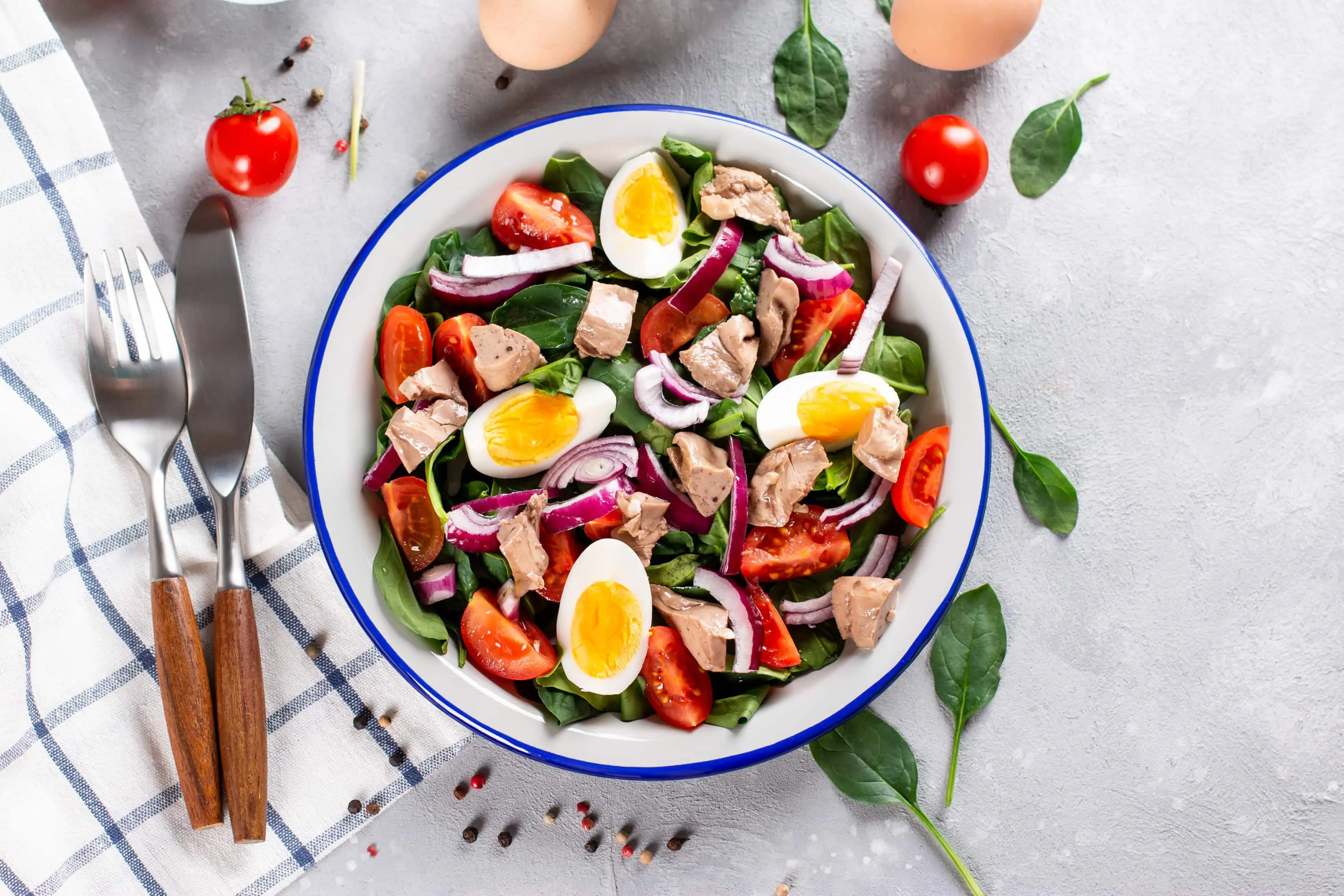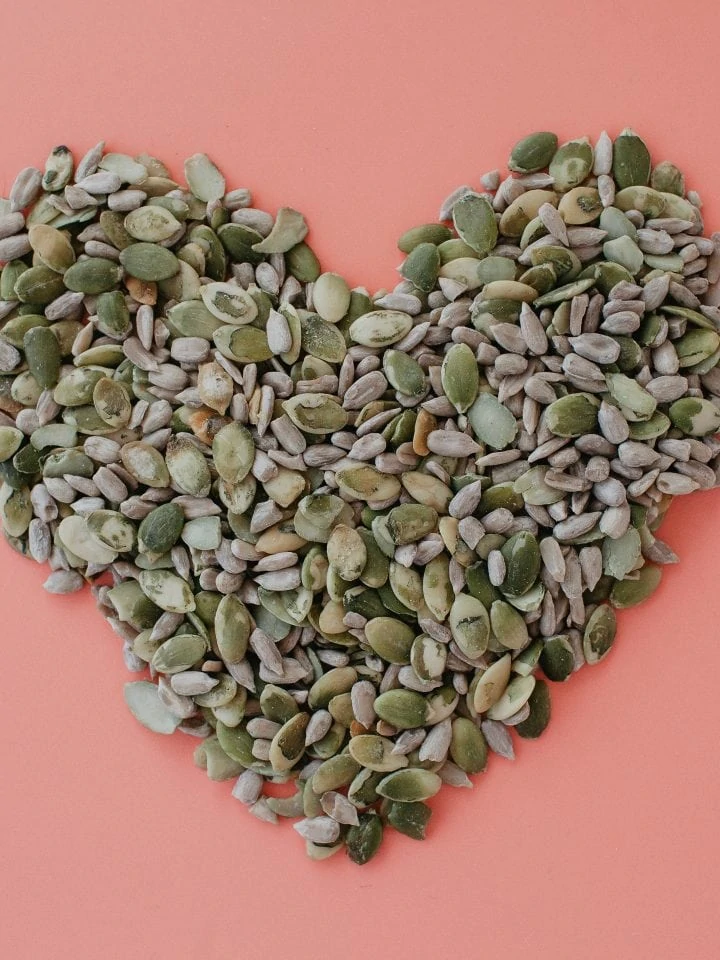Cavities are very common and it is quite easy to be a victim of it if proper dental and oral hygiene is neglected. They manifest slowly and are easily ignored or missed especially in their early stages. They can develop in varying periods for different people, due to differences in oral microbial content, diet, dental care habits, and frequency. However, the best and advised cause of action is prevention.
Generally, cavities can occur as a result of poor dental hygiene, and they are generated by your saliva and its microbial content, as well as your dietary habits. Your diet largely determines if you are equipped with the proper nutrients to keep your teeth healthy and avoid foods that contribute to cavity occurrence. Research has shown that in the previous decade, about up to 17% of kids have untreated cavities, according to data from the Center for Disease Control (CDC). When food particles are deposited in the crevices for an extended period, the bacteria react to form acids that cause tooth decay. When tooth decay is not identified swiftly, they go on to form cavities.
Stages of cavity development
There are up to four or five stages of cavity development. In the first, your completely healthy teeth are exposed to acids as a result of the bacteria, which reacts with the starch and sugars in the food. This generates plaques on the edges and crevices of the teeth. When oral hygiene is neglected, more plaque forms and hardens around your teeth, making the residue harder to deal with; this is usually marked by a white spot on the teeth in most people. In the second, your teeth continue to be eroded, and cavity formation starts properly. During the third stage, the enamel becomes completely eroded and eats into the softer layer of the teeth.
From the third stage, the pain begins and becomes very noticeable with little time. In the fourth and final stages, the cavities reach the pulp, the softest section of the teeth containing the different nerve endings and blood vessels that supply your teeth with blood and nutrients. When this happens, the pain becomes unbearable, and inflammation along with extreme teeth sensitivity occurs. This then forms abscesses which create pus and completely take over your teeth. Cavity formation time in each individual largely varies.
Using toothpaste high in fluoride and adopting a diet of limited starch and sugar-containing foods coupled with frequent visits to the dentist can enable you to avoid cavities in your teeth. Here are some of the foods that heal cavities:
Foods that help heal cavities
1. Oysters

Oysters contain large amounts of calcium which are integral for bone and teeth development. Calcium is an essential mineral needed for rebuilding teeth after wear and tear and assists in producing saliva in the mouth. Oysters can help build up the enamel and strengthen the teeth. Oysters are also full of Vitamin B12, iron, zinc, and Vitamin D. Vitamin D aids immune system health and fosters cell, teeth, and bone growth. It is also responsible for regulating the body’s ability to retain calcium and phosphorus in the body, which is also essential for teeth health. Oysters also come with numerous health benefits, some of which include weight loss due to their low-calorie levels. They also aid cardiovascular function and blood pressure. Their potassium and magnesium content helps with blood circulation and provides bone strength and durability.
2. Salmon

Salmon gives the body a host of advantages when eaten due to the fact that it contains nutrients and vitamins like vitamin A and D, zinc, glutamine, and many others. It possesses antioxidant properties that support cellular functions and serve as a line of defense, protecting your body from various illnesses. Salmon contributes a lot of vitamin D to your diet. Vitamin D in salmon is vital for immune-boosting, and calcium and phosphorus absorption in the body. This vitamin helps repair teeth damage and ensures strong and healthy teeth growth, while also protecting the teeth from infection. The inclusion of salmon in your diet will help you heal cavities and provide better dental health. Salmon offers other medical benefits such as regulation of thyroid hormones, provision of antioxidant properties, and eye health improvement as a result of its high vitamin A content.
3. Shrimp

Shrimp is high in iodine and cholesterol. While cholesterol is not particularly healthy for individuals, shrimps have a very low-calorie content coupled with a considerable nutrient supply. It contains protein, vitamin B12, zinc, calcium, iron, phosphorus, and magnesium. It is also an established origin of omega-6 fatty acids. The magnesium and phosphorus in shrimp are very viable nutrients that aid in dental health. It is a good choice of a food that heals cavities as it promotes durability and growth of tissues in the teeth. The phosphorus in shrimp helps prevent and mitigate the occurrence of tooth decay. Shrimp also contains substantial calcium levels which are good for teeth and bone formation. They also assist, particularly with enamel and dentine growth and repair. Other benefits of shrimp include antioxidant functions and properties, low calories, and good protein sources.
4. Egg yolks

Egg yolks have an attractive yellow color and are every bit as important as the outer parts of the egg. It comes available with various minerals and nutrients that are very beneficial, which you wouldn’t want to miss out on. Consuming the egg yolk and egg white together gives a sturdy balance of nutrients and health benefits. The egg yolk contains vitamin D which is a vital nutrient for dental health and growth. As explained earlier vitamin D is vital for the retention and absorption of phosphorus and calcium which are important nutrients for the teeth. Egg yolks come with other note-worthy benefits like lowering the risk of gastrointestinal problems, decreasing blood pressure, aiding vision, and boosting immune function. It is important to note that both the egg white and the egg yolk are beneficial together and should not be separated to gain a full balance of its numerous nutrients.
5. Cod liver oil

Cod liver oil for cavities is obtained from fish and it is a viable source of omega-3 fatty acids, with vitamins A and D and various other nutrients. It is highly packed with nutrients like fats, vitamins, minerals and provides you with a balanced quantity of nutrients needed by the body. The vitamin A content in it helps maintain healthy eyesight and offers protection against eye-related illnesses. It is high in vitamin D which is essential for phosphorus and magnesium absorption needed against cavity protection. This makes it important for maintaining healthy bones and healthy teeth by offering a regular calcium supply in the body. Cod liver oil also has other benefits like inflammation reduction, improving bone strength, lowers joint pain and symptoms of arthritis, and also provides relief from cardiovascular problems and blood circulation. Lastly, it is an important source of vitamin K2, which also regulates the intake of minerals like calcium into the body. Vitamin D and K2 function together in cod liver oil to ensure healthy teeth formation and re-mineralization after cavity occurrence. Using cod liver oil for cavities would offer considerable positive results.
6. Broccoli

This vegetable houses great amounts of calcium and vitamin C which contribute to healthy gums and teeth. Vitamin C helps protect your teeth against gingivitis, plaques, and cavities. Broccoli also comes with iron content that protects the tooth’s outer surfaces from erosion by creating a protective layer around the teeth. The substantial amounts of calcium in broccoli enable it to provide adequate repair and strengthening of your teeth and also the bones in your body. This versatile vegetable also possesses beta-carotene, kaempferol, and sulforaphane; the first is in charge of vitamin A regulation which is helpful for overall dental health. Kaempferol is a type of flavonoid that lowers the risk of periodontal infections, while finally the last offers protection against different forms of oral cancers. Each nutrient has a substantial amount in this rich green vegetable. Broccoli can either be consumed raw, steamed, or cooked. The raw and steamed variations are preferred because it ensures no nutrient loss. Broccoli offers other health benefits such as inflammation reduction, contains antioxidants that prevent cell damage, lowers the risk of high blood sugars, and aids digestion while lowering constipation symptoms.
Conclusion
While including these foods in your diet, it is also wise to avoid foods that can foster cavity growth in the teeth. Having the foods mentioned above in your diet will undoubtedly help mitigate and heal signs of the early cavity, while also ensuring you improve your dental health and also importantly your radiant smile.

A writer passionate about wellness, nutrition, and intentional living. She creates engaging, research-based content that empowers readers to live healthier lives. Through every article, she brings clarity, inspiration, and a touch of everyday practicality. Read more about Juliana.







Comments
No Comments